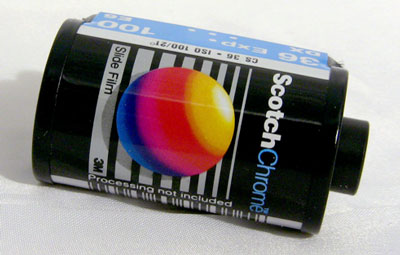Shuttered Italian company Ferrania makes any film aficionado’s heart beat faster. “The future of analog film starts again from Italy,” says their motto. The Italians are going to revive a professional color reversal film derived from Scotch Chrome 100. The new film is a re-engineered version of the Scotch Chrome 100 previously produced by Imation. It does not have anything in common with the old 3M slide film from ’70s. Is was a modern film available in three speeds: 100, 640 and 800/3,200 ISO that Ferraria is going to reintroduce on the market in an improved version.

Photographic film has nearly completed its transition from the mass market to the artisanal. Memories of analogue film fade each year. Older folk pass away, materials become more expensive and developing labs close. And darkrooms let in light.
More and more companies are deciding to make a comeback into the film business. Up and coming market leader Lomography sells a wide array of films that cover about any preference.
Fujifilm isn’t thinking about giving up on film, as isn’t Ilford — and don’t forget the Impossible Project and all the small players according to this list.
The film community is alive and vibrant, but let’s be honest: we need access to new film bodies if film is to stay alive for the long term. We need cameras fitted with mounts that will work with modern lenses. Simply resurrecting old equipment (which is a very honorable endeavor) will not convince new photographers of the magic of shooting film.
For the time being, with the ascent of Lomography, film photography is for many more about lifestyle than precise quality.
BTW: Ferrania started out in 1923 as a manufacturer of photographic paper and film, mostly sold under the Solaris brand. It later branched out cameras, producing several dozen models ranging from cheap instamatics to sleek rangefinders.


